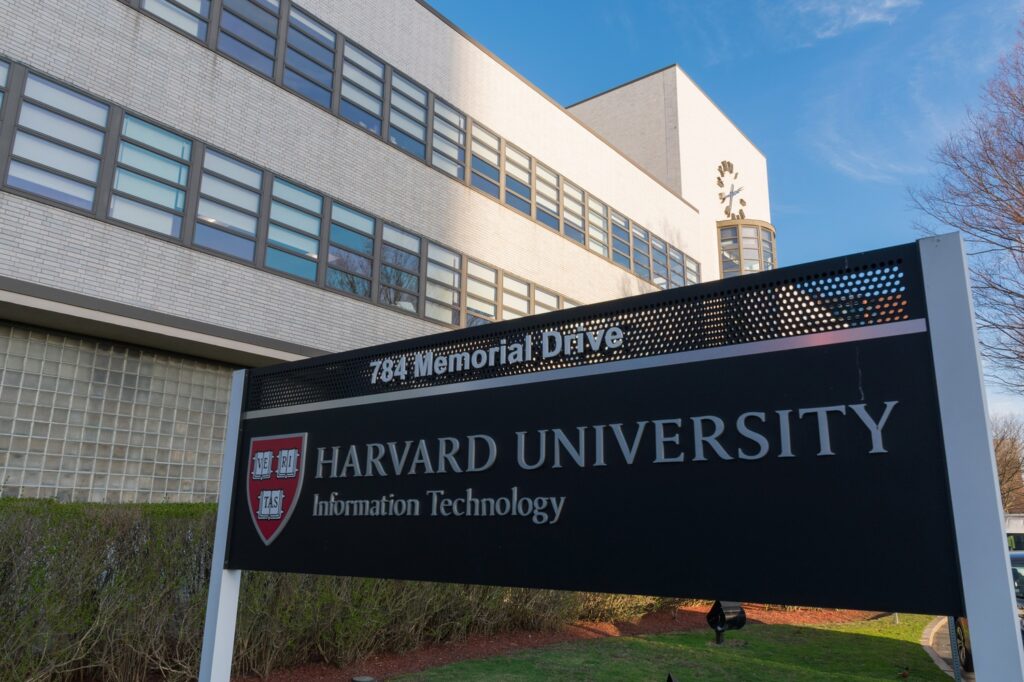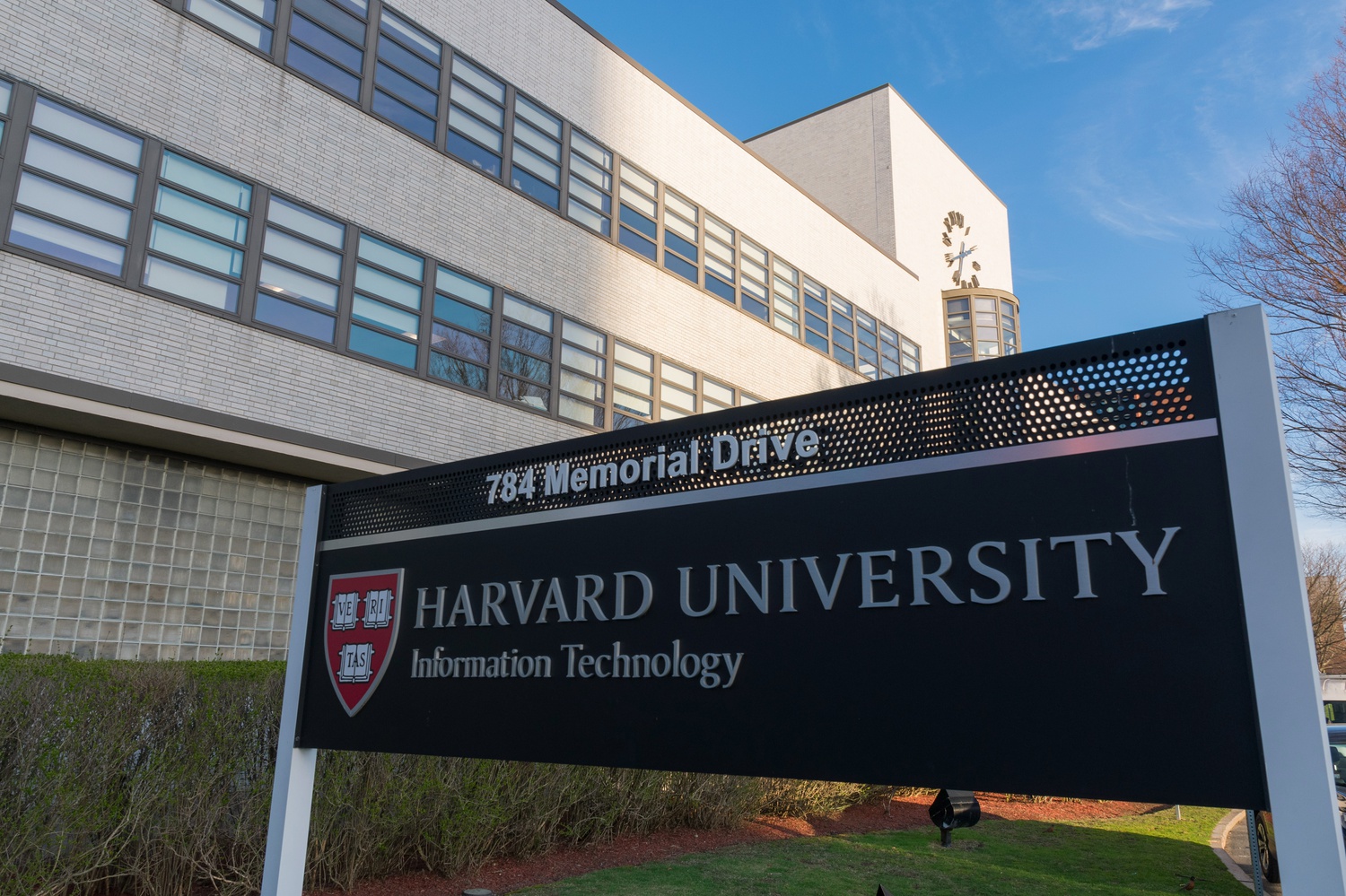
Where is Harvard University Located? A Comprehensive Guide
The question of where is Harvard University located is a common one, given its global reputation and historical significance. Harvard University, an institution synonymous with academic excellence and prestige, is situated in Cambridge, Massachusetts, a city just across the Charles River from Boston. This prime location has played a crucial role in shaping the university’s identity and its contributions to the world.
A Deep Dive into Harvard’s Location
To understand where Harvard University is located, it’s essential to explore the specifics of its Cambridge setting. The main campus sprawls across a significant portion of Cambridge, integrating seamlessly into the urban landscape. This integration provides students with access to a rich cultural and intellectual environment, fostering a dynamic learning experience.
The exact address of Harvard University is Cambridge, MA 02138, United States. However, the campus is extensive, encompassing numerous buildings and facilities spread throughout the city. Understanding the layout and key landmarks is crucial for anyone planning a visit or seeking specific departments.
Historical Significance of Cambridge, Massachusetts
Cambridge, Massachusetts, isn’t just a place; it’s a hub of innovation, history, and intellectual pursuit. Its proximity to Boston and its own rich history have significantly influenced Harvard’s development. Founded in 1636, Harvard predates the United States itself, making its location steeped in American history.
The city’s name, Cambridge, was chosen in honor of the University of Cambridge in England, reflecting the aspirations of the early colonists to establish a center of learning in the New World. This historical connection continues to resonate, shaping Harvard’s commitment to academic rigor and global impact.
Key Landmarks and Buildings on Harvard’s Campus
Navigating Harvard’s campus can be an adventure in itself. The campus is home to numerous iconic buildings, each with its own unique history and significance. Some of the most notable landmarks include:
- Harvard Yard: The historic heart of the university, surrounded by dormitories, libraries, and academic buildings.
- Widener Library: One of the largest university libraries in the world, housing millions of volumes.
- Memorial Church: A central gathering place for spiritual and communal events.
- Science Center: A hub for scientific research and education.
- Harvard Art Museums: Comprising three museums under one roof, showcasing a diverse collection of art from around the world.
These landmarks not only serve practical purposes but also contribute to the overall atmosphere of intellectual curiosity and historical reverence that defines Harvard University. Understanding where Harvard University is located also means understanding the significance of these specific locations within the broader campus.
The Impact of Location on Harvard’s Academic Environment
The location of Harvard University profoundly impacts its academic environment. Being situated in a vibrant urban center like Cambridge offers numerous advantages for students and faculty alike. The proximity to Boston provides access to a wide range of cultural institutions, research facilities, and career opportunities.
Furthermore, Cambridge itself is a hub of innovation and entrepreneurship, fostering a dynamic ecosystem that encourages collaboration and creativity. The presence of other leading universities, such as MIT, further enhances the intellectual atmosphere, creating a vibrant community of scholars and researchers. [See also: MIT’s Campus Guide]
Access to Resources and Opportunities
Harvard University’s location provides students with unparalleled access to resources and opportunities. The university’s extensive library system, renowned museums, and state-of-the-art research facilities are all readily available to students. Additionally, the proximity to Boston’s thriving business and technology sectors opens doors to internships, networking events, and career prospects.
The location also facilitates collaborations with other institutions and organizations, both locally and globally. Harvard’s faculty members often engage in joint research projects with colleagues at other universities, hospitals, and research centers, contributing to groundbreaking discoveries and advancements in various fields. This collaborative environment enriches the learning experience for students, exposing them to diverse perspectives and approaches.
The Role of Location in Shaping Student Life
The location of where is Harvard University located significantly shapes student life. Cambridge offers a diverse and vibrant community, with a wide range of cultural, recreational, and social activities. Students have access to numerous restaurants, cafes, theaters, and music venues, providing ample opportunities for entertainment and relaxation.
The city’s proximity to Boston also allows students to explore a wider range of attractions, including historical landmarks, museums, and sporting events. The Charles River provides opportunities for outdoor activities, such as kayaking, sailing, and rowing. The combination of academic rigor and vibrant social life creates a well-rounded and enriching experience for Harvard students.
Visiting Harvard University: A Practical Guide
For those planning a visit, knowing where Harvard University is located is just the first step. Navigating the campus and exploring its various attractions requires some planning. Here’s a practical guide to help you make the most of your visit:
Getting to Harvard University
Harvard University is easily accessible by various modes of transportation. The closest airport is Boston Logan International Airport (BOS), which is approximately a 20-minute drive from Cambridge. Public transportation options include the MBTA Red Line, which has several stops near the campus, including Harvard Square.
Parking in Cambridge can be challenging, especially during peak hours. It’s advisable to use public transportation or consider parking in designated parking garages. Walking is also a great way to explore the campus and the surrounding area.
Must-See Attractions on Campus
When visiting Harvard University, be sure to check out the following attractions:
- Harvard Yard: Take a stroll through the historic heart of the university and admire the iconic buildings.
- Widener Library: Marvel at the grandeur of one of the largest university libraries in the world.
- Harvard Art Museums: Explore the diverse collection of art from around the world.
- Natural History Museum: Discover fascinating exhibits on evolution, biodiversity, and the natural world.
- Peabody Museum of Archaeology & Ethnology: Learn about human cultures and civilizations from around the globe.
Guided tours of the campus are available, providing valuable insights into the history and traditions of Harvard University. These tours are a great way to learn more about the university and its impact on the world. Checking where Harvard University is located on a map before planning your visit can help you optimize your time and ensure you don’t miss any key attractions.
Conclusion: Harvard’s Strategic Location and Enduring Legacy
In conclusion, understanding where is Harvard University located is essential for appreciating its rich history, academic environment, and global impact. Situated in Cambridge, Massachusetts, a city steeped in history and intellectual tradition, Harvard benefits from its proximity to Boston, access to diverse resources, and a vibrant community of scholars and researchers.
The university’s location has played a crucial role in shaping its identity and its contributions to the world. From its historical roots to its modern-day innovations, Harvard University continues to thrive in its strategic location, fostering a culture of academic excellence, intellectual curiosity, and global impact. Whether you are a prospective student, a visiting scholar, or simply curious about this renowned institution, knowing where Harvard University is located provides a valuable starting point for exploring its remarkable story and enduring legacy.

